43 is country of origin required on labels
Marking of Country of Origin on U.S. Imports Marking of Country of Origin on U.S. Imports, Printer-friendly version, Acceptable Terminology and Methods for Marking, Every article of foreign origin entering the United States must be legibly marked with the English name of the country of origin unless an exception from marking is provided for in the law. Mandatory country-of-origin labeling (US) - Wikipedia Country of origin labeling (COOL) (or mCOOL [ m for mandatory]) is a requirement signed into American law under Title X of the Farm Security and Rural Investment Act of 2002 (also known as the 2002 Farm Bill), codified at 7 U.S.C. § 1638a as Notice of country of origin.
Cocaine - Wikipedia Uses. Coca leaves have been used by Andean civilizations since ancient times. In ancient Wari culture, Incan culture, and through modern successor indigenous cultures of the Andes mountains, coca leaves are chewed, taken orally in the form of a tea, or alternatively, prepared in a sachet wrapped around alkaline burnt ashes, and held in the mouth against the inner cheek; it has traditionally ...

Is country of origin required on labels
Food labelling: country of origin - GOV.UK Mixed (GB and NI) origin products must be labelled as 'UK/UK (NI)' for sale on the NI and EU market. This labelling is also acceptable on the GB market. If you're selling on the GB market, mixed... What Is Country of Origin Labeling? An Overview According to U.S. Customs and Border Protection (CBP), every article of foreign origin entering the U.S. must be legibly marked with the English name of the country of origin, unless an exception from marking is provided in the law. The country of origin is defined as the country of manufacture, production or growth of an article. Origin labelling - Language selection | Food Safety Indication of the country of origin or place of provenance shall be mandatory where failure to indicate this might mislead the consumer as to the true.
Is country of origin required on labels. Complying with the Made in USA Standard | Federal Trade Commission The Fur Products Labeling Act requires the country of origin of imported furs to be disclosed on all labels and in all advertising. For copies of the Textile, Wool or Fur Rules and Regulations, or the new business education guide on labeling requirements, call the FTC's Consumer Response Center (202-382-4357). Compliance FAQs: Packaging and Labeling in the US | NIST Title 19, United States Code, Chapter 4, Section 1304 and 19 CFR 134, Country of Origin Marking regulations require that every article of foreign origin (or its container) imported into the U.S. be marked in a conspicuous place as legibly, indelibly, and permanently as the nature of the article (or container) will permit, and in such a manner as... PDF COUNTRY OF ORIGIN LABELING - California name of the country of origin of the article. Country of origin marking is used to clearly indicate to the ultimate purchaser of a product where the product was made. The USDA, Agricultural Marketing Service (AMS) is responsible for enforcement of the Country of Origin Labeling (COOL) law which establishes labeling requirements for specific covered Is country of origin required on labels? - Curvesandchaos.com Is country of origin required on labels? Country of origin labeling is mandatory for all consumer products imported and sold in the United States. Country of origin labeling is often as straightforward as printing a 'Made in [INSERT COUNTRY]' on the product and its packaging. What is FTC labeling requirements?
CPG Sec 560.200 Country of Origin Labeling | FDA CPG Sec 560.200 Country of Origin Labeling November 2005. CPG Sec 560.200 Country of Origin Labeling. Food labeling statements regarding geographical origin must not be false or misleading in any ... PDF Country of Origin Labeling (COOL) Frequently Asked Questions Country of Origin Labeling (COOL) is a consumer labeling law that requires retailers (most grocery stores and supermarkets) to identify the country of origin on certain foods referred to as "covered commodities". The 2002 and 2008 Farm Bills and the 2016 Consolidated Appropriations Act amended the Agricultural Marketing Act of 1946 to require r... Product Labeling Regulations in the US, EU and Australia Warning labels and user instructions. Some labeling requirements apply to all, or a wide range of, product categories. For example, all products in the US must be labelled with the country of origin (i.e., Made in China). In the European Union, many products must be CE marked. Other labeling requirements apply to specific products. A Brief History and Overview of Country of Origin Labeling Requirements ... The countries of origin must be printed legibly and permanently, and in close proximity and of comparable size to the USDA mark or statement. The listing must be preceded by the words, "Product of" or other words of similar meaning. Exclusion for Processed Items, Processed foods do not require COOL. A processed food item is defined as:
Country of origin food labelling resources | business.gov.au May 21, 2021 · Imported priority foods must, as a minimum, carry a country of origin statement in a clearly defined box (the box is not required if the food is being sold unpackaged). Example of a country of origin statement in a clearly defined box below: The outline box is not required on imported non-priority food products. CPG Sec. 560.200 Country of Origin Labeling - Food and Drug Administration A statement of the country of origin on the labeling of imported foods is not required by the , Federal Food, Drug, & Cosmetic Act. This is a requirement of the U.S. Customs *and Border ,... Country of Origin Marking Requirements | PackagingLaw.com Under the Tariff Act of 1930, every article of foreign origin (or its container) imported into the U.S., unless exempted, must be marked in a manner that will indicate to the ultimate purchaser the article's country of origin. For example, goods originating in China must be marked, "Made in China" or "Product of China." Country of Origin Labeling (COOL) Frequently Asked Questions Yes, for muscle cut covered commodities of U.S. origin and those of multiple countries of origin slaughtered in the United States, you may use the term "harvested" in lieu of "slaughter" when conveying the location information. However, neither of the terms "packaged" or "processed" may be used in lieu of "slaughtered.",
eCFR :: 19 CFR Part 134 -- Country of Origin Marking Unless excepted by law, section 304, Tariff Act of 1930, as amended ( 19 U.S.C. 1304 ), requires that every article of foreign origin (or its container) imported into the United States shall be marked in a conspicuous place as legibly, indelibly, and permanently as the nature of the article (or container) will permit, in such manner as to indica...
What Are Country of Origin Labeling Requirements? - Flexport U.S. Customs requires that products be labeled with their country of origin. Learn more about these guidelines and the penalties for not following the rules.
Switzerland - Labeling and Marking Requirements Switzerland has stringent labeling requirements for food, including ingredients and health information, but also country of production and origin of ingredients. Full information can be found on the Federal Food Safety and Veterinary Office website. All foods and additives including genetically modified organisms (GMOs) must be labeled as such.
Country of Origin Labeling - LBS RCS.COM The rule provides various options for presenting country of origin declarations at retail sale. COOL statements can be placed on a placard, sign, label, sticker, band, twist tie, pin tag, or other format that allows consumers to identify the country of origin of the product. Processed foods are excluded from COOL requirements.
Threading Your Way Through the Labeling Requirements Under the Textile ... The Rules require labels to disclose the country where the product was processed or manufactured. The FTC amended sections 303.33 (d) and (f) and 300.25 (d) and (f) to clarify that the country where an imported product is processed or manufactured is the country of origin as determined under the laws and regulations enforced by Customs. E-commerce.
Country of Origin Labeling - International Fresh Produce Association As noted above, the U.S. country of origin labeling law requires retailers to notify their customers of the country of origin of covered commodities. Many fruit and vegetable suppliers already provide origin information on their products via a number of ways (Price Look Up stickers, labels, bands, twist ties, etc.), though there are some produce items (i.e. loose green beans) where a sign on ...
PDF Country of Origin / Marking & Labeling Requirements Country of Origin / Marking & Labeling Requirements 1. Declarations of Origin on Commercial Documents PB is required to declare the correct country of origin of each item imported in to the United States on the Customs entry. The importance of the origin of an article derives
Country of Origin: Labeling, Marking and Declaring U.S. Imports The regulatory basis for this assertion are rooted in 19 C.F.R 134.1 (b), which states "'Country of origin' means the country of manufacture, production, or growth of any article of foreign origin entering the United States.", Determining Country of Origin: Goods Made From Inputs of More Than One Country,
Origin Labeling Requirements for Imported Commodities Passed We have previously reported on proposed Senate legislation that would require country of origin labeling (COOL) for imported commodities sold online. On June 8, 2021, the Senate passed the United...
Country of Origin Labeling (COOL): An Overview The Tariff Act of 1930, 19 U.S.C. §§ 1202-1681b, has historically required nearly every item imported into the United States to disclose the item's country of ...
UPS Shipping Experience better online shipping with UPS. Send and deliver packages faster and easier than ever. Customize and save the options you use most. Quote, pay, and get labels on ups.com.
602 Addressing | Postal Explorer - USPS Dual shipping labels are used by private shipper to identify both the Postal Service and a private carrier as possible delivery agents. Items bearing dual shipping labels that are not tendered to the Postal Service for delivery must clearly indicate the private shipper responsible for delivering the item. [4-4-22] 11.0 Commercial Plus One ...
Country of Origin Requirements in the United States Country of origin labeling is mandatory for all consumer products imported and sold in the United States. Country of origin labeling is often as straightforward as printing a 'Made in [INSERT COUNTRY]' on the product and its packaging.
Country of origin food labelling | ACCC The labels. The Standard sets out three general formats for country of origin labelling. A visual style guide is available to assist businesses to correctly design and display their country of origin food labels as required by the Standard:
Ravalli Republic: Consumers overwhelmingly want country of origin labeling A new poll conducted on behalf of the Coalition for a Prosperous America (CPA) finds that 86% of Americans favor reinstatement of Country-of-Origin Labeling (COOL) for beef and pork. In 2015 Congress rescinded the requirement that imported beef and pork be labeled. However, it was only for beef and pork. All other foods, including lamb […]
Country of origin food labelling | ACCC Country of origin statement – a text-only label which is used for non-priority food items. Imported priority foods must also, as a minimum, carry a country of ...
Food labelling FAQs | ACCC - Australian Competition and ... If the food is packaged, the country of origin label must be affixed to the package. If it is unpackaged, the country of origin label must be displayed next to the food when it is sold at the retail level. For fresh fruit and vegetables in transparent packaging, the county of origin label can be on the package or displayed next to the food.
PDF Country of Origin Labelling Requirements - Comparative Research and ... • Different and multiple requirements for an indication of origin: - commercial invoice (and further supportive documentation) - customs import declaration (and further import documents like permits) - Certificate of (non-preferential) Origin (CoO) - proof of preferential origin - origin labelling (and marking) - voluntary labelling as a free ch...
Country of Origin Labeling (COOL) Country of Origin Labeling (COOL) is a labeling law that requires retailers, such as full-line grocery stores, supermarkets and club warehouse stores, ...
Country of Origin Marking - U.S. Customs and Border Protection Goods may be marked with the country of origin in English, Spanish or French, except that Canada, Mexico and the United States may, as part of their general consumer information measures, require that an imported good be marked with its country of origin in the same manner as prescribed for domestic goods.
EU - Labeling/Marking Requirements - International Trade Administration Effective July 16, 2021, the EU required all CE marked products to have a label that identified a point of contact within the region. This requirement applies to products sold online and through traditional distribution channels.
Origin labelling - Language selection | Food Safety Indication of the country of origin or place of provenance shall be mandatory where failure to indicate this might mislead the consumer as to the true.
What Is Country of Origin Labeling? An Overview According to U.S. Customs and Border Protection (CBP), every article of foreign origin entering the U.S. must be legibly marked with the English name of the country of origin, unless an exception from marking is provided in the law. The country of origin is defined as the country of manufacture, production or growth of an article.
Food labelling: country of origin - GOV.UK Mixed (GB and NI) origin products must be labelled as 'UK/UK (NI)' for sale on the NI and EU market. This labelling is also acceptable on the GB market. If you're selling on the GB market, mixed...
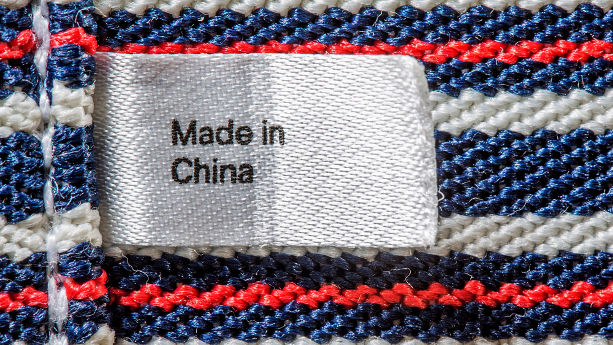
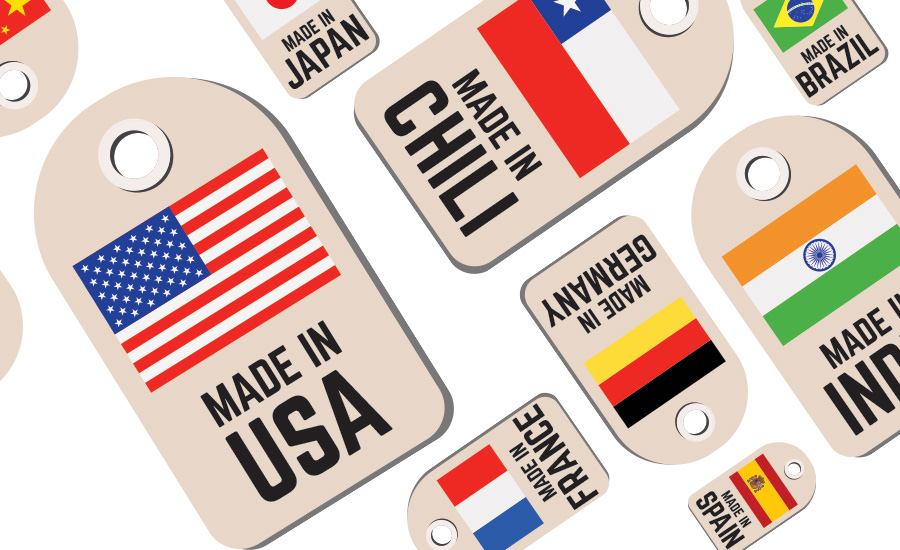

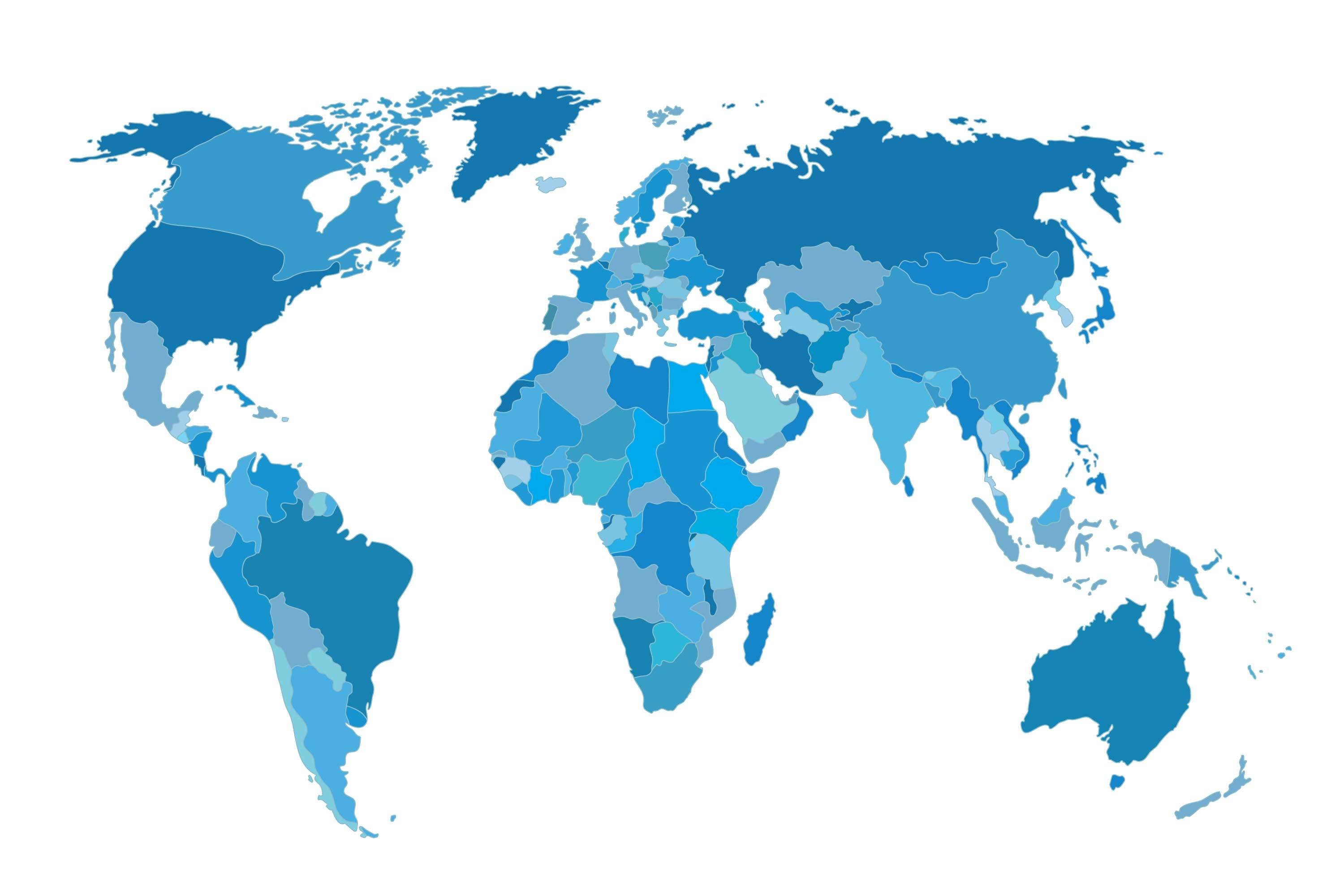


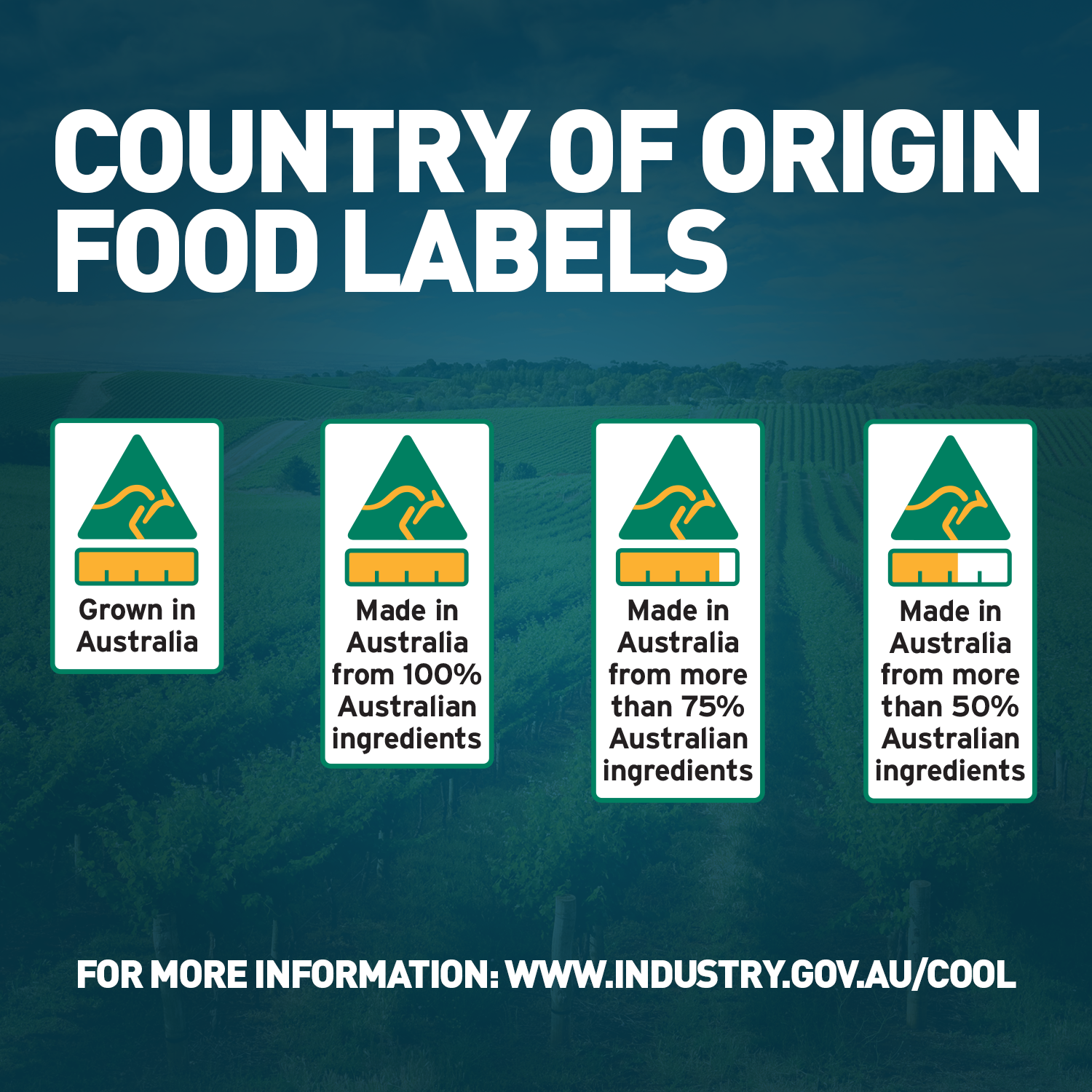


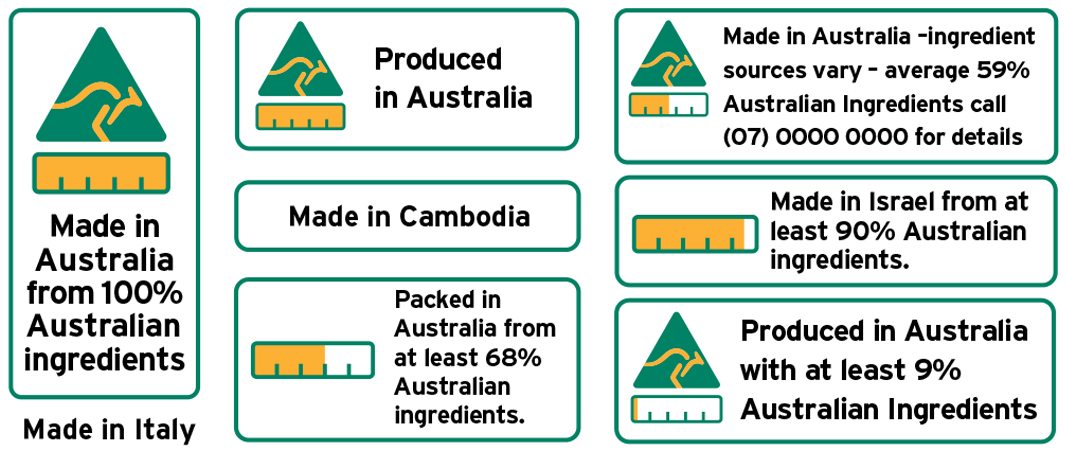
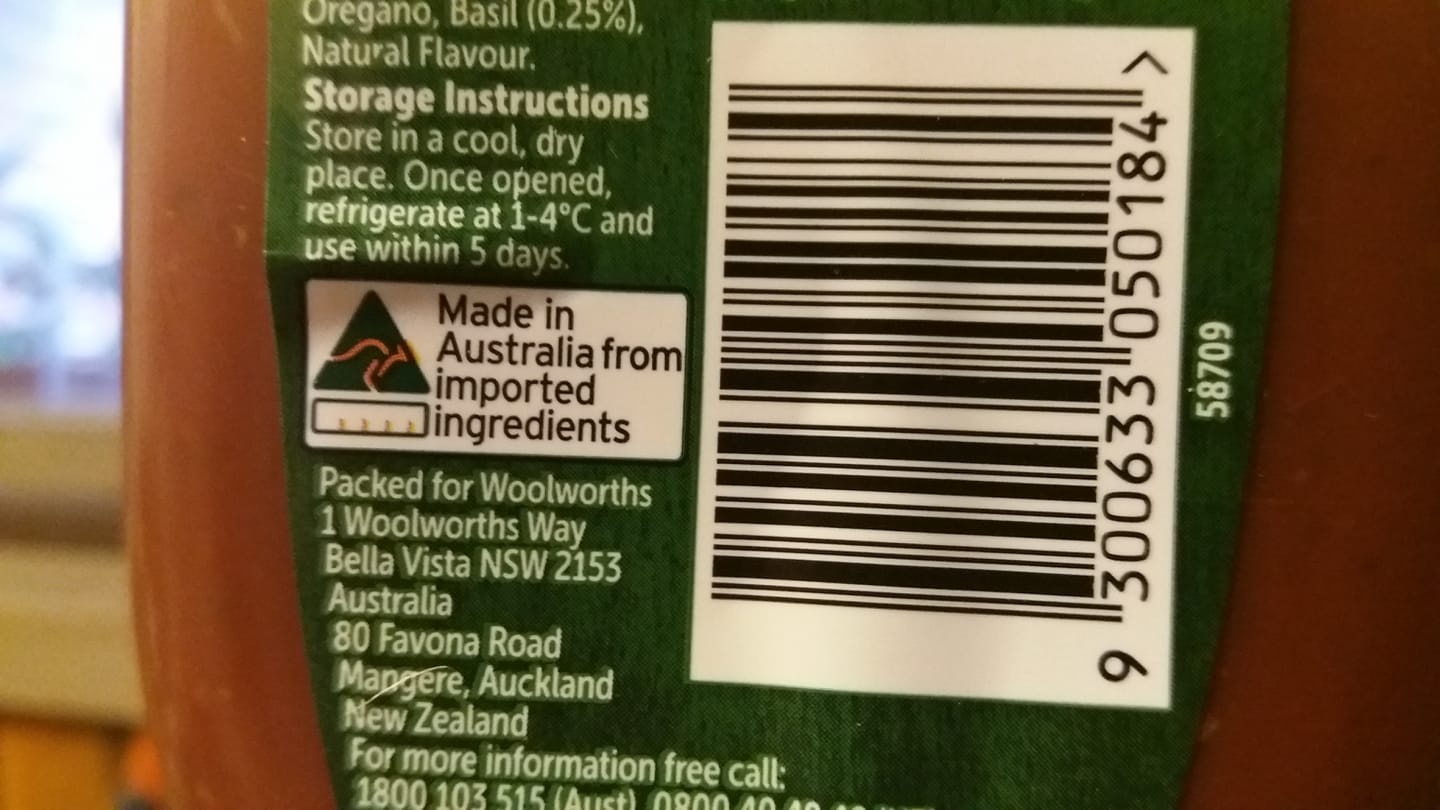

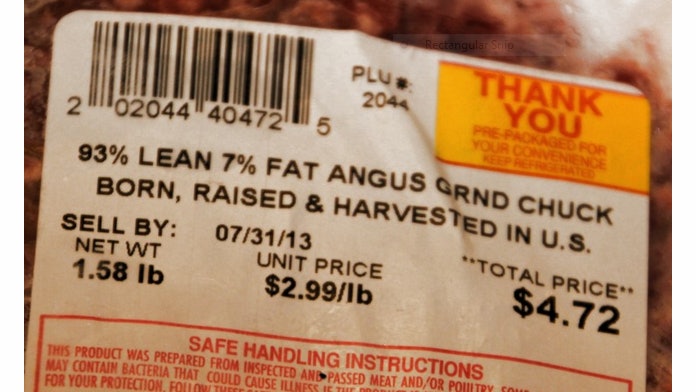




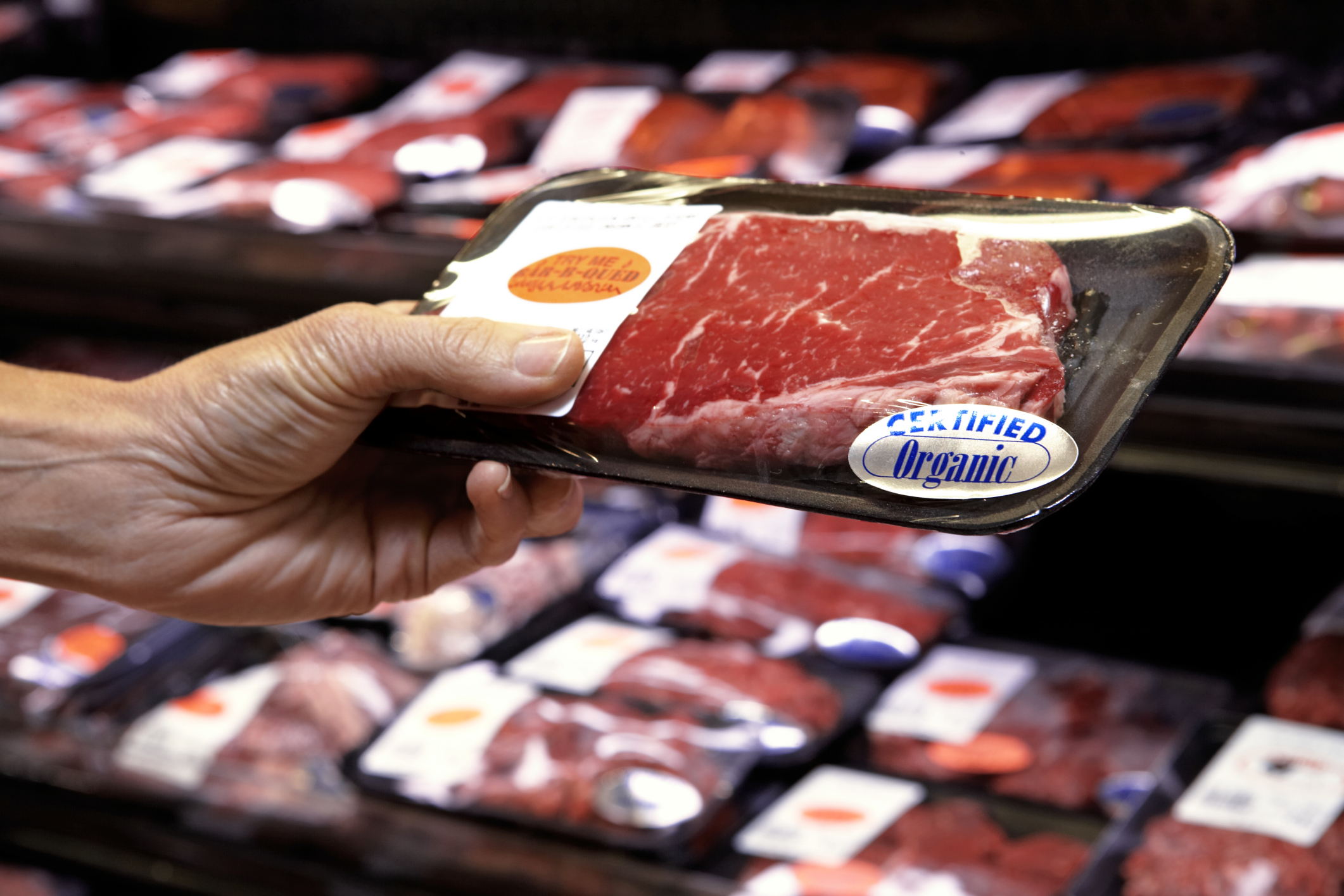





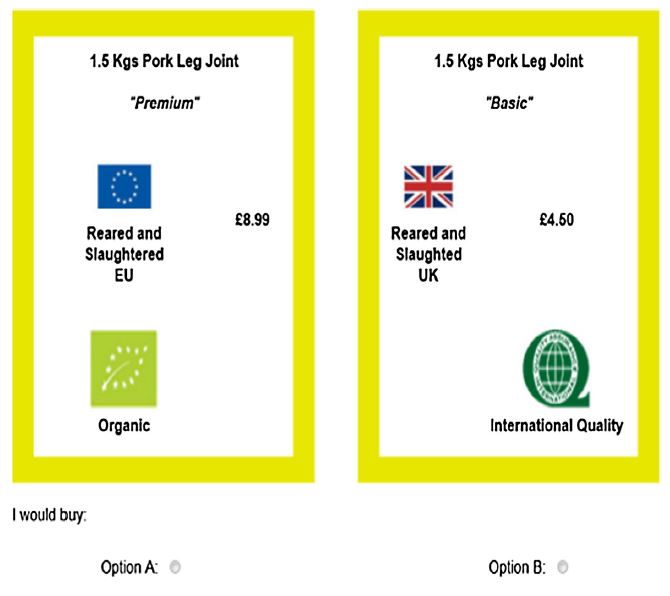
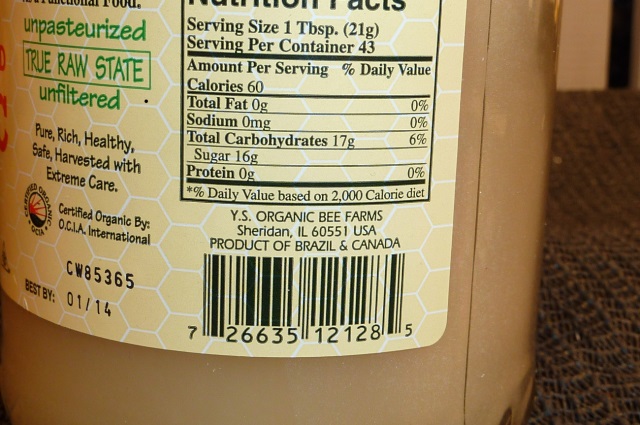


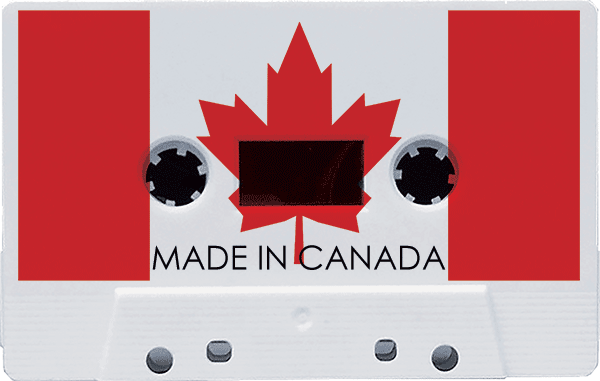

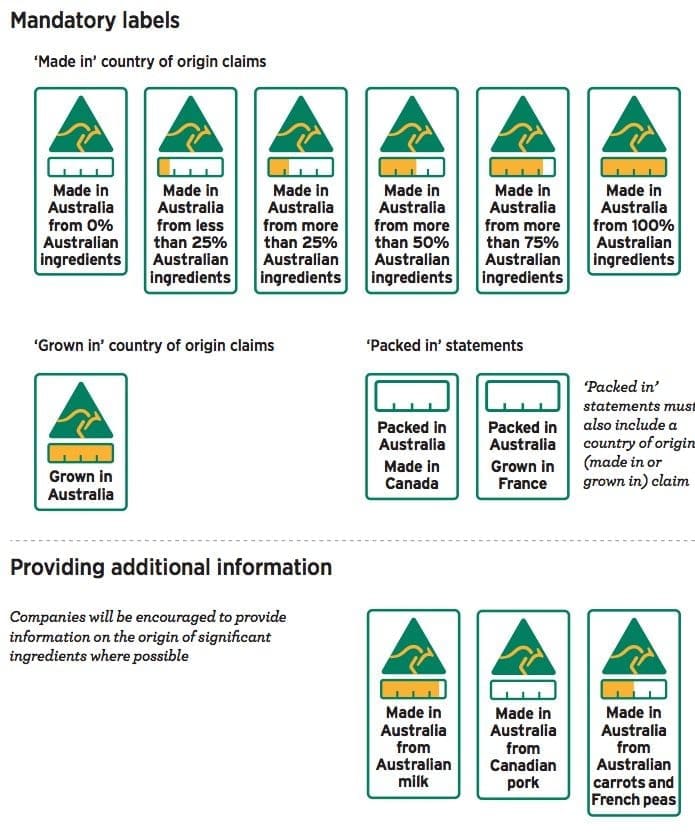
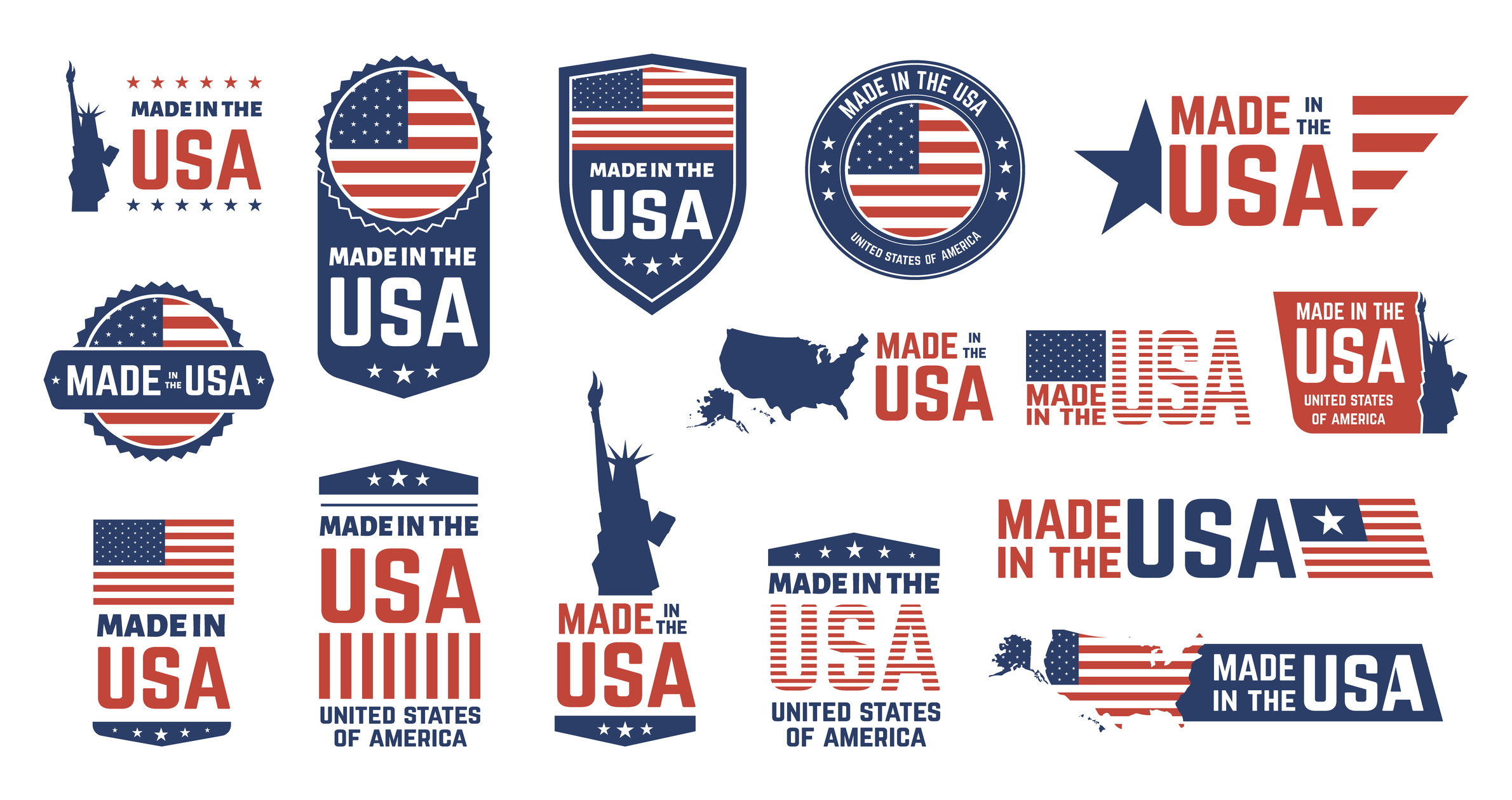
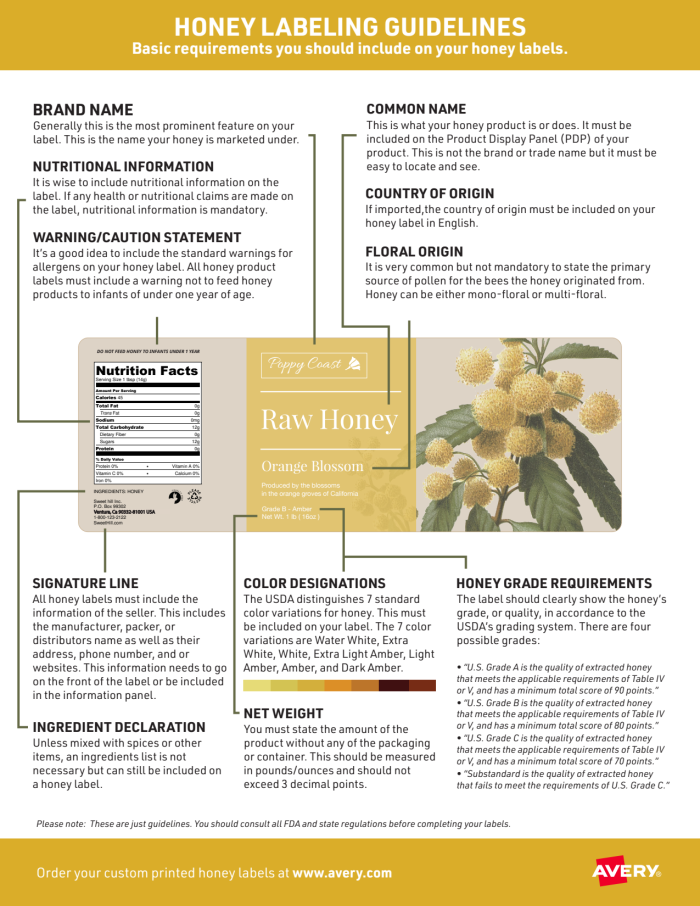

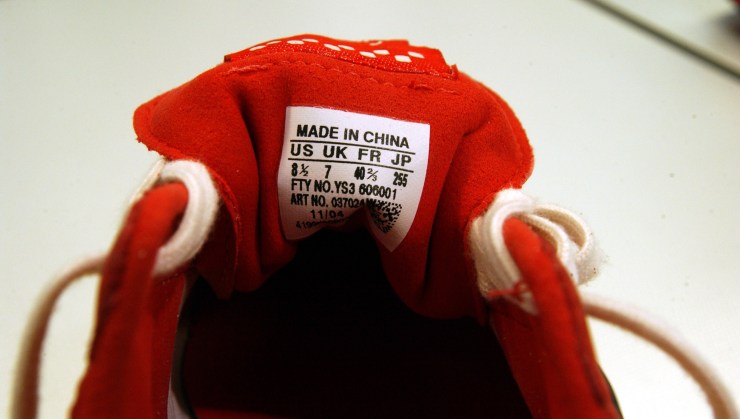



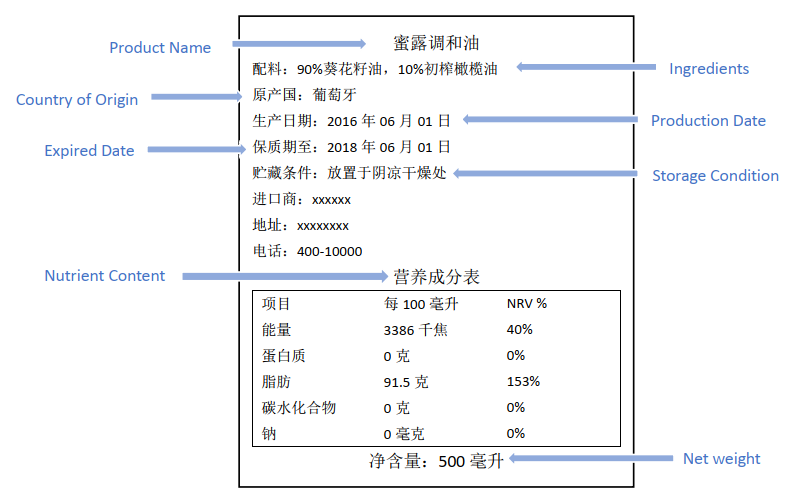
Post a Comment for "43 is country of origin required on labels"